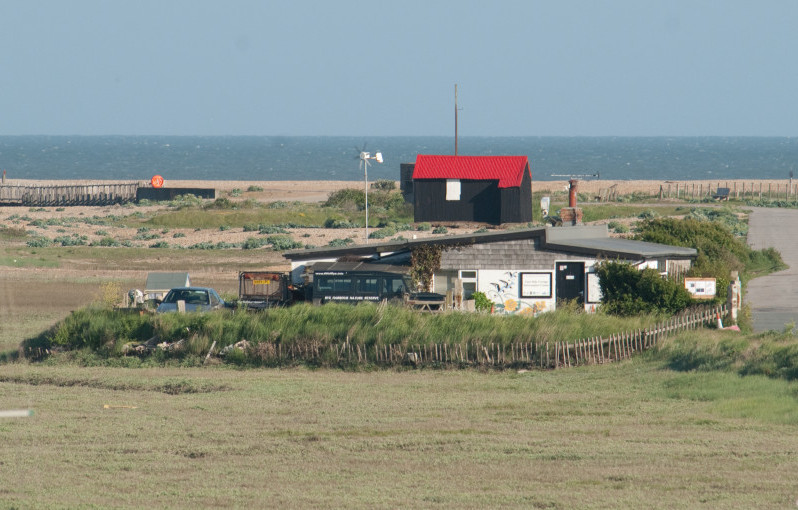With membership approaching the two thousand mark, the Friends of Rye Harbour Nature Reserve held their 44th AGM on Saturday September 24.
In his annual report, chairman Cliff Dean outlined his vision for increasing public awareness of what the Reserve has to offer as a wildlife habitat. Of the 250,000 visitors annually, barely 5% call in to the visitor centre at Lime Kiln Cottage. “Most come to enjoy the fresh air and open landscape” he said ” on their walk from the car park to the sea and back. That in itself can be a powerful experience without perhaps their noticing what is going on around them. The environment seems hardly to feature in the news or in people’s lives but it is really important to get people attuned to nature.
“As managers of the Reserve”, he continued, “we have been highly successful in attracting and encouraging wildlife, but we have done less well in presenting it as a resource for visitors” – hence the need for a brand new visitor centre, now being planned, to replace Lime Kiln Cottage. A bequest of more than £1 million has helped fund the project, but much more is needed. Sussex Wildlife Trust has given its support and appointed a professional fund-raiser.
Reserve Manager, Barry Yates, displayed projected images of the provisional plans for the proposed Centre, designed by a Scottish architect in modern idiom. It will be on two floors, a ramp leading up to the public area and warden’s living accommodation on the first floor. There will be an education and resource room and retail and refreshment areas. The facility will be manned as now by volunteers, and must prove financially self-sustaining. The lease from the Friends to the Sussex Wildlife Trust is now being finalised. Planning application and public consultation will follow.
The meeting concluded with the showing of two amazing films, photographed from a drone flying at 200 feet above the Reserve. With his customary thoroughness, Barry Yates had carried out a prior assessment of the likely impact of the drone’s disturbance of wildlife, and found no adverse impact upon the most sensitive of creatures.
Photo: Mike Slavin



